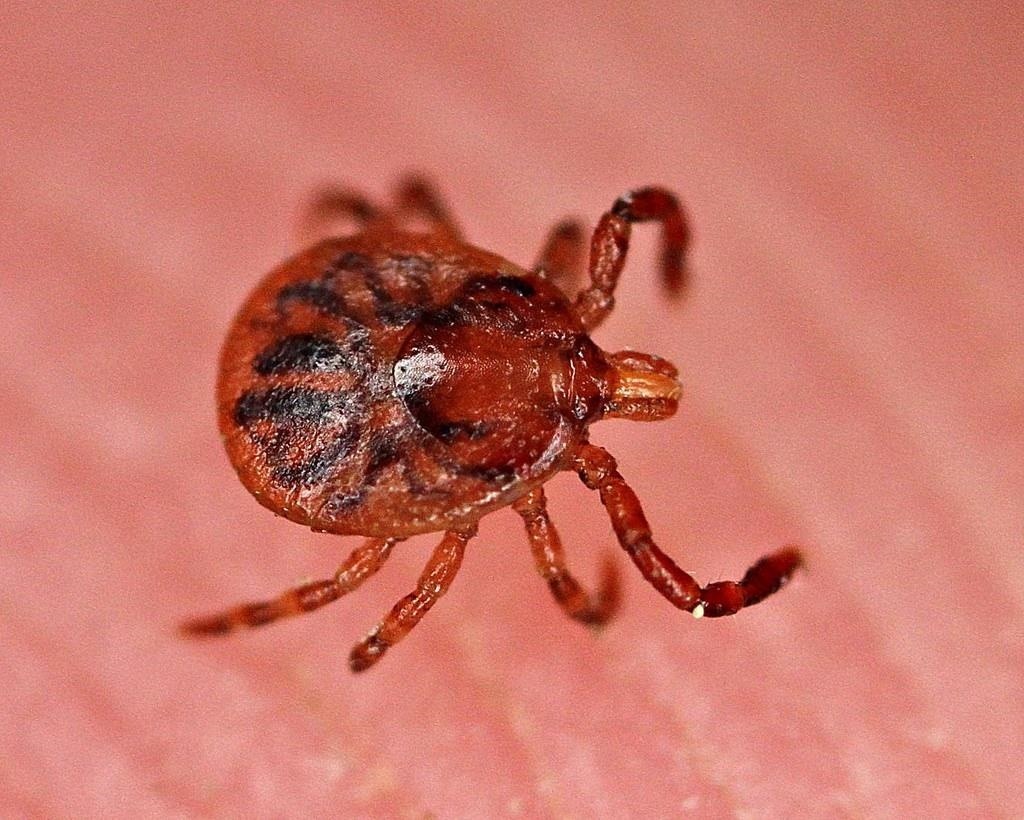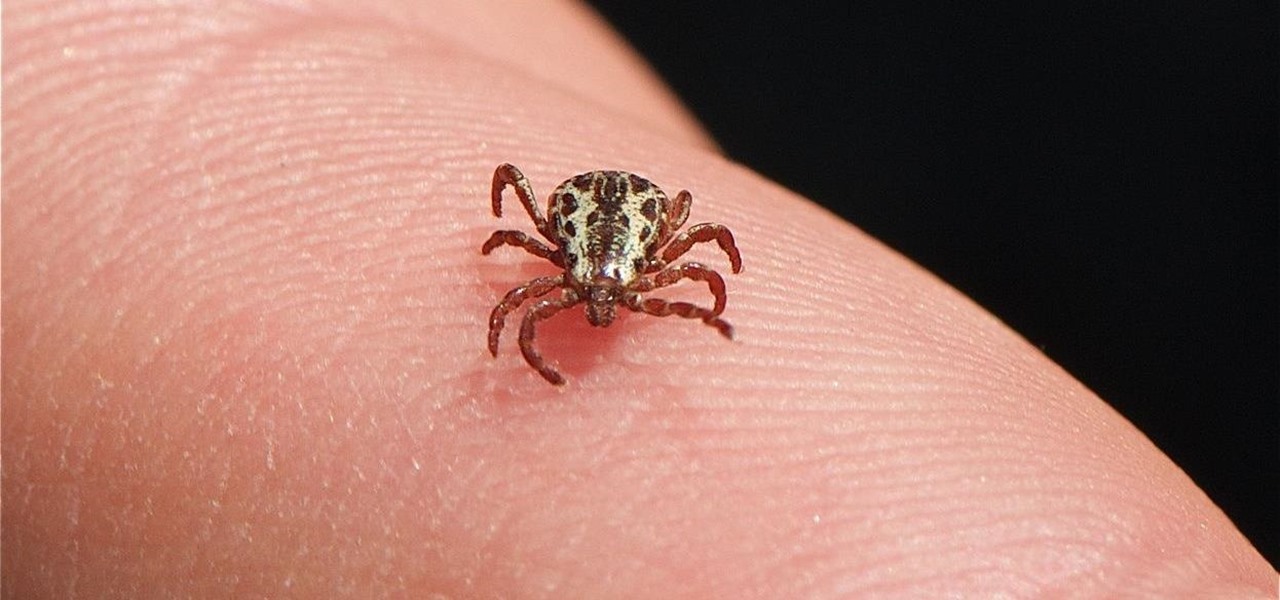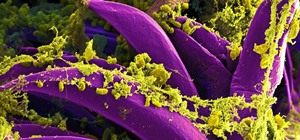When you think ticks, one of the first things to come to mind is Lyme disease. However, as terrible as Lyme disease is, there's another threat from ticks rising in rank in Connecticut and the Northeast — one that is spreading and that hospitals are not prepared for — the Powassan virus.
The Hartford Courant reports that Powassan is emerging as a possible threat to those who live near ticks, including the same ticks that spread Lyme disease. In November, an infant was brought to a Connecticut hospital and was found to be infected with Powassan. The family noted that they found a tick on the child two weeks prior.
Besides the sick child, what is concerning about the story is that hospital staff was not looking for Powassan with the infant. It was only after involvement by Dr. Nicholas Bennett, a pediatric infectious disease specialist, who had seen the disease in his training in New York State, that the child was properly diagnosed with Powassan.

And that's the issue; Medical staff just aren't looking for this rare disease, presumably because there has been an average of only seven reported cases a year between 2005 and 2015. Bennett believes we should be testing for Powassan more and — because some hospitals don't have the specific tests for the disease — it's possible there have been more cases than have been reported.

The numbers appear to support that hypothesis. According to the Centers for Disease Control and Prevention, there were 17 reported cases in 2016, and that number may only keep rising. Durland Fish, an epidemiologist at the Yale School of Public Health, states the tick that traditionally carries the Powassan virus were not known to bite humans. Now, ticks such as the deer tick have been infected, and since deer ticks bite humans, the virus now poses a greater risk.
As of now, the virus appears to be spreading in both the Northeast and the Midwest regions of the United States, specifically Wisconsin and Minnesota.

Currently, there is no cure and are no real treatments to deal with Powassan. But the good news is that the virus cannot be passed between humans, so it is perfectly safe to be around someone infected by Powassan. However, unlike Lyme disease, humans can be infected by Powassan within minutes of tick contact.
The US is expecting a boom in ticks this season, and with the spreading of Powassan, it's best to take precautions. Make sure you're doing all you can to stop ticks from entering your home.
As with all ticks and tick-related diseases, it's recommended to take a shower after being exposed to areas known to inhabit ticks. Check yourself for the arachnids, and check close — some can be as small as a pinhead.
Just updated your iPhone? You'll find new emoji, enhanced security, podcast transcripts, Apple Cash virtual numbers, and other useful features. There are even new additions hidden within Safari. Find out what's new and changed on your iPhone with the iOS 17.4 update.





























Be the First to Comment
Share Your Thoughts